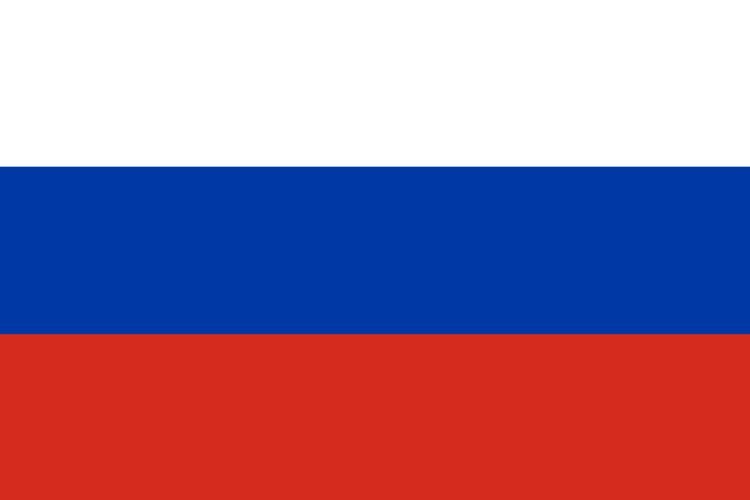Languages Russian Upper house State Council Founded 1918 | Chairman Victor Chernov Lower house State Duma Currency Ruble | |
 | ||
Government Federal presidential constitutional republic Legislature Russian Constituent Assembly
Bicameral parliament Capital Saint Petersburg (now St Petersburg) | ||
The Russian Democratic Federative Republic (Russian: Российская Демократическая Федеративная Республика, Rossiyskaya Demokraticheskaya Federativnaya Respublika) was a one-day government in 1918 in the Russian Socialist Federative Soviet Republic (Russian SFSR) during the Russian Revolution of 1917. It was formally declared on 19 January 1918 when the democratically elected Russian Constituent Assembly drafted and adopted the "Resolution on the form of government of Russia", declaring Russia to be a democratic federal republic. However, the Assembly was dissolved on the same day by the All-Russian Central Executive Committee, thus making the Republic the shortest-lived state in history.
Contents
Governmental structure
According to the constitution, Russia was declared a democratic federal republic. The fundamental basis of the state was representative democracy and federation of both national and territorial autonomous oblasts. This was in contrast to the Decembrist constitution project, which proposed a federal constitutional monarchy on an economic basis. For the first time, the unitary structure of Russia was officially abolished and the country was declared a federation, marking the start of the federalist period in Russian history.
Civil rights and duties
The Constitution granted universal suffrage for all citizens of Republic aged 20 or older. This was five years lower than in the former Russian Empire.
Most civil duties, such as conscription and taxes, were inherited from the legislation of the Russian Empire.
Head of state
The head of state was the President of the Russian Democratic Federative Republic, elected for a one-year term by a majority vote in parliament involving the deputies of both chambers. Presidential powers were nearly identical to those of the Emperor:
The President was responsible for his work before the parliament. A similar approach to presidential power was later used in the German constitution of 1919.
Due to the cancellation of the Constitution, no person was ever elected to this office.
Legislation
According to the final draft of the Constitution, adopted in Paris on 20 January 1920, legislative power was to be held by a bicameral parliament. The State Council of the Russian Democratic Federative Republic would form the upper house, elected by regional legislatures (sejms), while the State Duma of the Russian Democratic Federative Republic would form the lower house, directly elected by citizens of the Republic.
Constituent powers to create a new constitution and change the type of government were allocated to the Russian Constituent Assembly.
